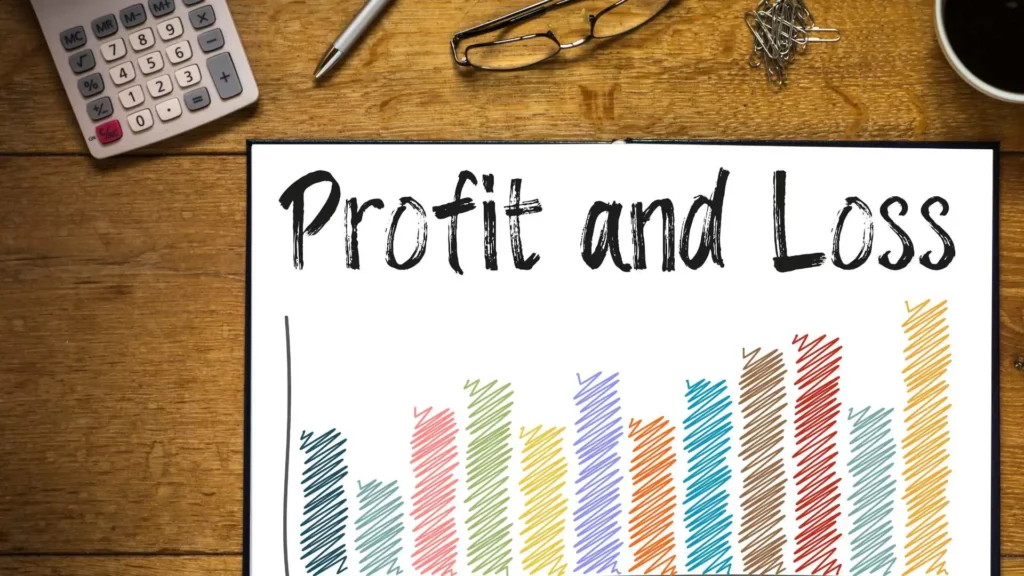- Dollar-cost averaging is a strategy that spreads out your stock to decrease the effect of volatility.
- If done right, it can strengthen your portfolio.
- You can have a long-term perspective with prospects.
Dollar-cost averaging is investing money in equal parts at fixed intervals without worrying about the highs and lows of the market. Using this strategy, you can minimize risks, which in the long run, can also help you get a considerable gain in your portfolio.
Dollar-cost averaging helps you to be unfazed in a bear market. This lets you purchase stock at low points when nearly all investors are unwilling to buy. By choosing this strategy, you shouldn’t be surprised if you’re asked to invest when the market or a stock is down — if you didn’t know, that’s when investors make the best deals.
Too many benefits
Dollar-cost averaging has benefits that would help you gain better returns. You can never fumble by misjudging the market. While investors usually see the bear market as a threat, investors who use the dollar-cost averaging strategy would be able to see a significant long-term opportunity. While other people are selling hesitantly in a bear market, you’ll be gaining an excellent price and preparing yourself for secure long-term gains.
It would also help you to make conscious choices instead of relying on intuition while investing. Many investors are like contestants in a game show: they are puzzled and don’t know if they should settle for less or go for more. Going for more usually involves risking what they already earned. But dollar-cost averaging doesn’t let you get to that point.
Start today!
You can start with dollar-cost averaging with research to find the right brokerage and some paperwork. In fact, it is as simple as investing in your 401(k). Moreover, you might be already using this strategy if you are contributing consistently to a 401(k) at your workplace.
Signing up on a plan with brokerages isn’t complicated. You will be asked to select which stock or well-diversified ETF (give first preference to ETFs for this strategy) you want to purchase once you sign up. You can then schedule a plan (through your brokerage) to buy them automatically at fixed intervals. If your brokerage account doesn’t have an option for trading automatically, you can set up your own schedule.
Since many stocks and funds pay dividends, you can inform your brokerage firm to reinvest the dividends automatically. With that, you could continue buying and also compound your gains over time.
In case of an emergency, you can terminate the investments with a few steps quickly; however, during regular times, the key here is to keep investing regularly despite disadvantageous stock prices and market fluctuations. As mentioned earlier, bear markets are an opportunity and not a threat to dollar-cost averaging
Some downsides that don’t really have an effect
Only in a rising market, dollar-cost averaging seems to be an unconvincing strategy — at least in the short term. If the stock rises, again and again, dollar-cost averaging holds you back from maximizing your profit when comparing it to a lump-sum purchase. However, unless you’re looking for a short-term gain, markets rarely rise more and more in real life. Since stocks are volatile, even distinguished long-term stocks move down at times.
Buying more regularly increases trading costs. Nevertheless, brokerages are charging less nowadays, and thus, this expense becomes more feasible. Moreover, if you’re investing longer-term, the fees would be barely anything in your portfolio on the whole.
You might have to turn down potential gains that you could have earned, if you had invested in a lump-sum purchase. However, since that depends on predicting the market precisely, even experienced investors rarely get it right; hence, you don’t have to worry about it that much. In rare cases when a stock falls in the near term, you might have to leave the fray much earlier than being involved in a lump-sum purchase.
Nevertheless, if you have long-term plans, don’t hesitate to spread out your purchases even if you need to pay more at some points sooner or later.




















